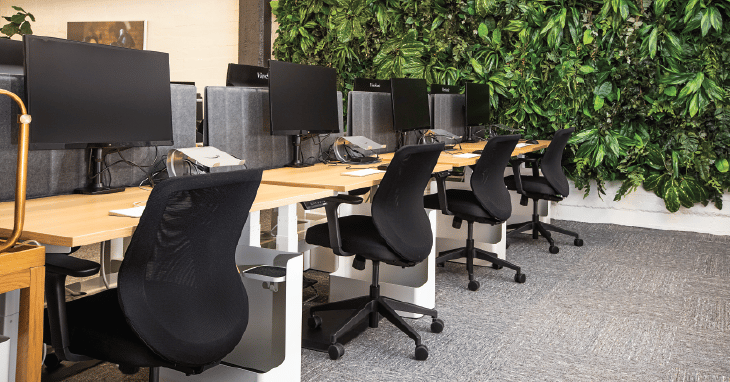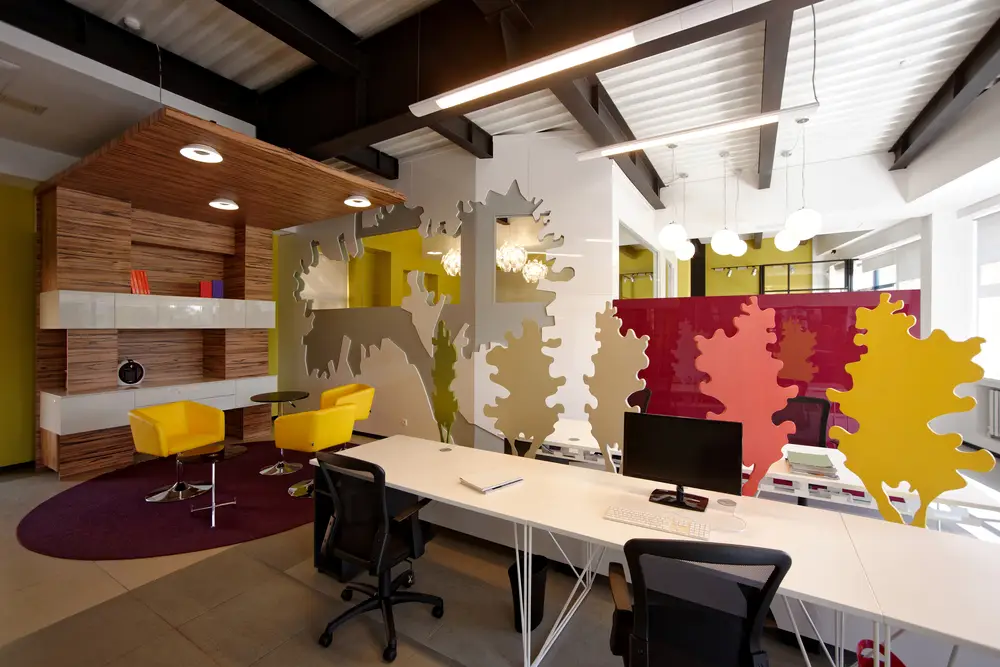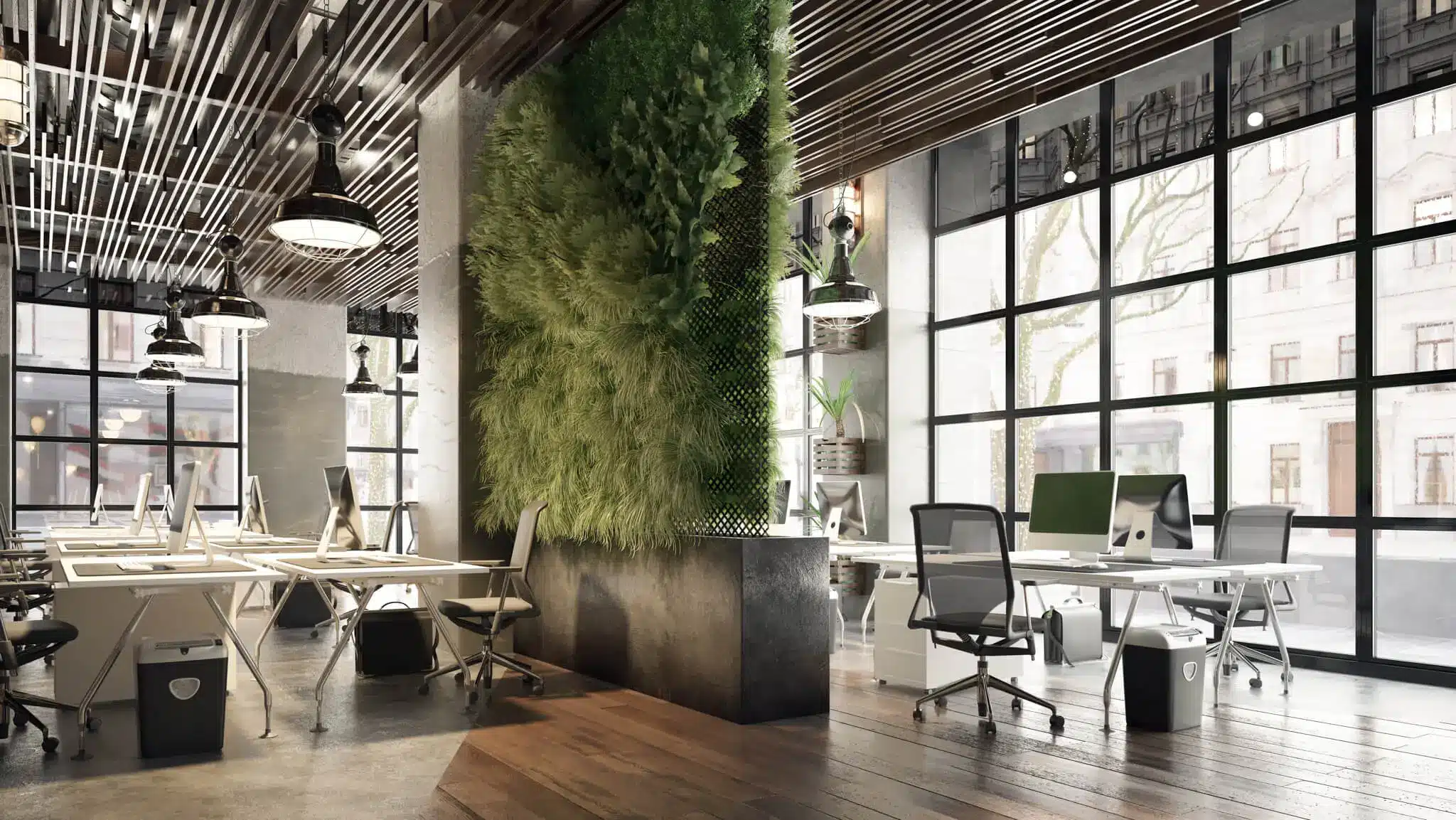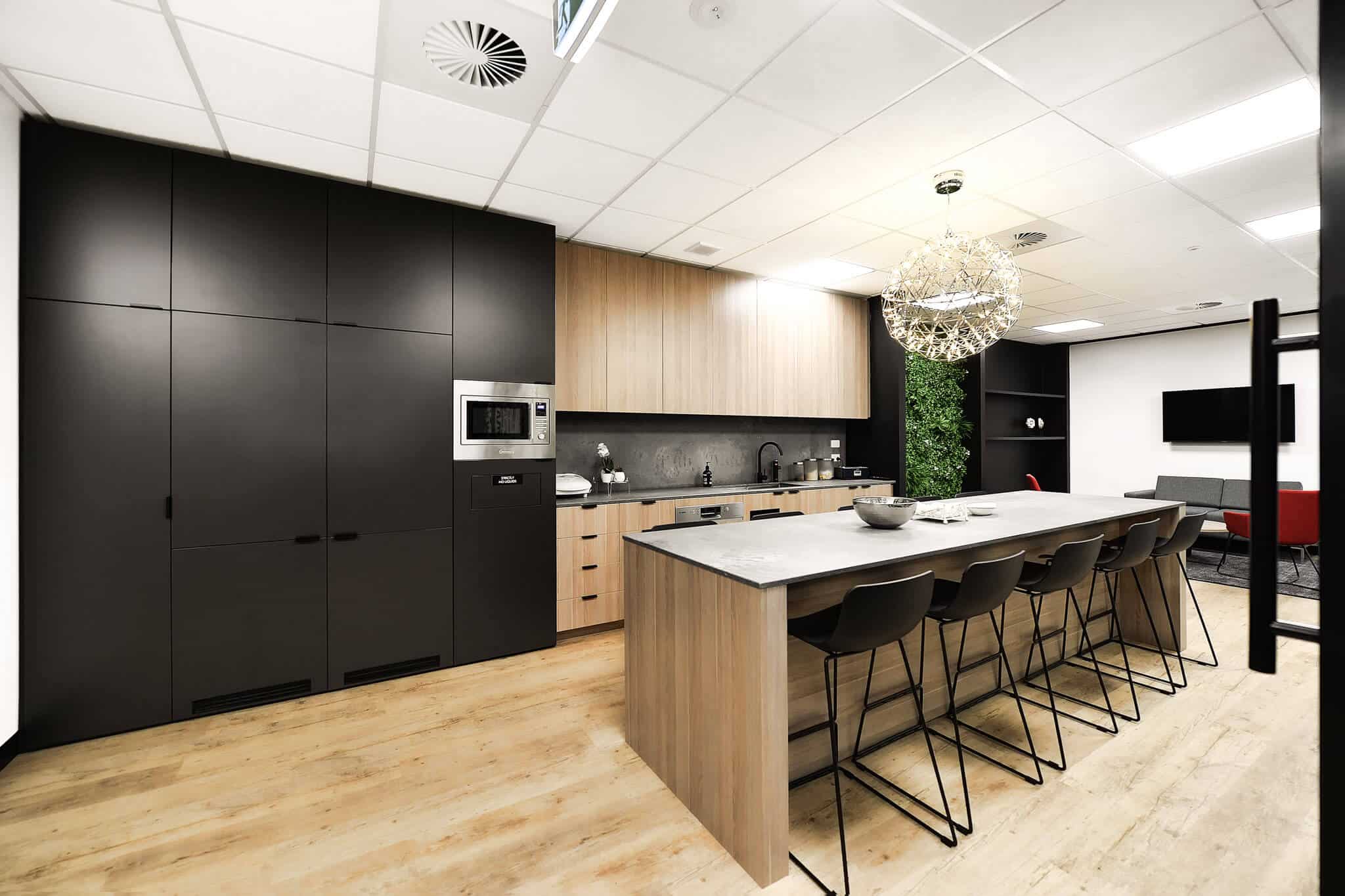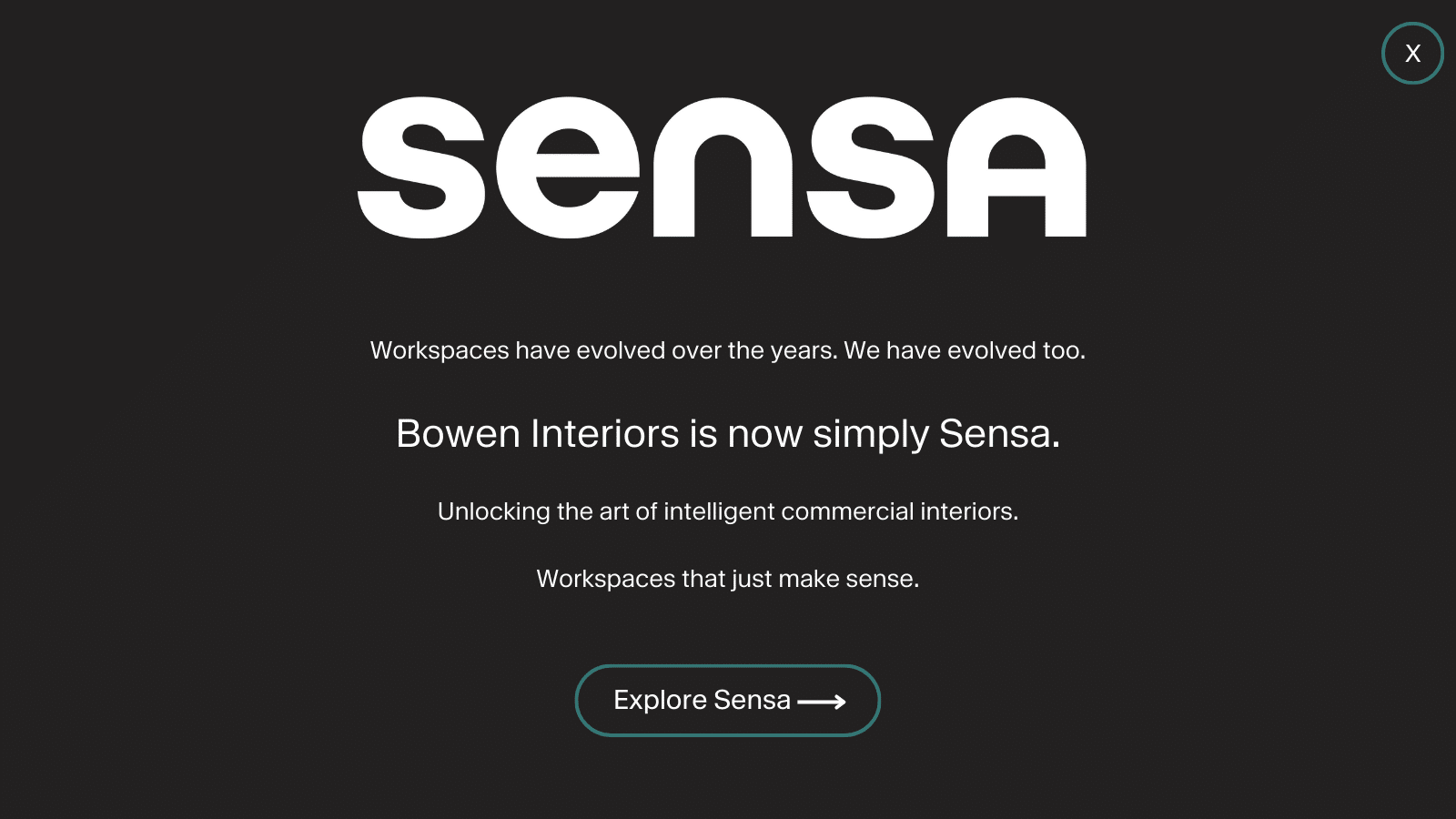It’s hard to tally the number of injuries and ailments associated with sitting in an ill-suited office chair. Indeed, most office workers, accustomed to spending upwards of 6 hours a day, 240 (or more) days a year seated, can agree that desk-bound discomforts are no laughing matter.
Circulatory problems, compound strain injuries to the neck, back and shoulders, spinal deformation, decreased focus, digestive issues, fatigue, stress and even obesity – which arise when physical strain limits our mobility, and discomfort or stress causes us to overeat. All this from choosing the wrong office chair! It is paramount that considerable attention is provided to office chair selection when planning an office fitout or renovation.
The impacts of a bad office chair extend well beyond work hours and have been shown by countless studies to severely affect mental health and overall quality of life. The good news is, such woes are easily avoided with the right office chair, one that offers a balance of freedom of movement and postural cradling – facilitating upright posture and focus, while preventing slouch and muscular compensation.
1. Cushioning and fabric
One to two inches of firm cushioning with non-abrasive, breathable fabric are essential to preventing varicose veins, spider veins, pressure sores, calluses and all sorts of gradual dermal and sub-dermal issues that arise from frequent, prolonged pressure and abrasion.
The wrong fabric, such as faux leather and other non-porous materials, can make you sweat and stay damp, leading to dry skin, rash and breakouts.
2. Mobility – swivel and roll
The ability to swivel and roll-on lockable wheels seem like a secondary concern, but there is a reason why most ergonomic office chairs include these mobility features.
A chain of focus or work sprint can be hard to maintain at the best of times, but it will most certainly be broken if parts of your desk surface, drawers, telephone, printer, and other work accessories are inaccessible from your chair.
If you can only reach these items at a stretch or a twist, or have to get up repeatedly to reach one of your work tools, just consider the impacts of a stretch, a twist and a strain on your knees 50 times a day, 240+ days a year.

3. Armrests
Armrests should be positioned to support your elbows 2-3” out from your sides while your lower back is supported against your backrest. Adjustable height is a bonus, but not a necessity if you find the right chair.
Armrests help you maintain optimal posture throughout the day and prevent shoulder and neck strain, relieve lower back pressure, and provide leverage and safety support when getting into or out of your chair.
Armrests should have at least a half inch of firm, breathable padding, and should slide neatly under your desk with room to spare for your arms.
4. Adjustable back and neck rest
The right desk chair will feature a backrest that follows the natural curvature of your spine, to allow for support of the slight arch at the lower end of your back.
It should also be tilt-adjustable (forward and backward, with a locking mechanism), providing comfort during different types of tasks, and adapting to different body types (and belly sizes!).
Partial backrests are not recommended for daily, prolonged use unless they are fully adjustable to provide sufficient neck and lower back support.
Ideally, a backrest should be approximately 15-20” in width, and as tall as the height of your back, to allow for both lower back and neck support.
The head should be supported by a slightly raised cushion that fits in the nape of your neck and halfway up the back of your head, or by a height-adjustable headrest that allows you to rest your head while viewing your screen just below eye level.

5. Adjustable lumbar support
When it comes to desk chair ergonomics, lumbar support comes in near the top of the feature checklist, mostly because inadequate lumber support can compound into a host of other issues.
Without support for the natural lumber arch mentioned in the previous section, the arch will diminish over time, the shoulders will slouch, and all kinds of associated strain, pains and compensatory aches will ensue.
Some desk chairs have this feature built into the shape of the backrest, but if not, they should at least have a height adjustable cushion or inflatable accessory that can be positioned to support the small of your back.
6. Appropriate seat width, depth and tilt
To provide adequate thigh support and relieve pressure on the tendons, ligaments and blood vessels at the back of your knees, the crease at the back of your knee should lie 2-3” beyond the edge of your seat when your lower back is supported against the backrest.
The width of the seat should be 20-22”, or sufficient for you to sit comfortably with at least 2” to spare on either side. If you’re heavy set and buckle over the sides, this can seriously impede circulation, leading to pins and needles, varicose veins, spider veins and chaffing sores.
The tilt of the seat, believe it or not, can have an impact too, with a slight forward tilt (or an adjustable tilt) being recommended to alleviate pressure on the lower back, by distributing weight evenly over the buttocks and thighs.

7. Adjustable height
When sitting with your lower back fully supported against the backrest, your desk chair seat should be just high enough for the soles of your feet to lie flat on the floor.
If your legs are too short for most chairs, even on their lowest setting, there’s nothing wrong with incorporating a foot-stool accessory that can slide neatly under your desk to provide support.
It’s easy to neglect this when you’re out shopping for an office chair, but the height of your chair seat should allow it to roll easily under your desk, with enough room left for your thighs to fit comfortably without a squeeze.
In conclusion
A great deal of care and consideration goes into designing and crafting the perfect, ergonomic office chair, and understanding these key features and the reasons behind them is a step toward planning a successful office fitout and providing a healthy work environment for your employees.
The experts at Bowen have you covered and are here to guide you through the process of selecting the perfect desk chairs to suit your valued workforce.
After all, employee wellbeing is a cornerstone of any sustainable enterprise, and their comfort can mean a brighter future for your business.
Contact us to book your free 30 min FREE Consultation with one of our office fitout experts.
